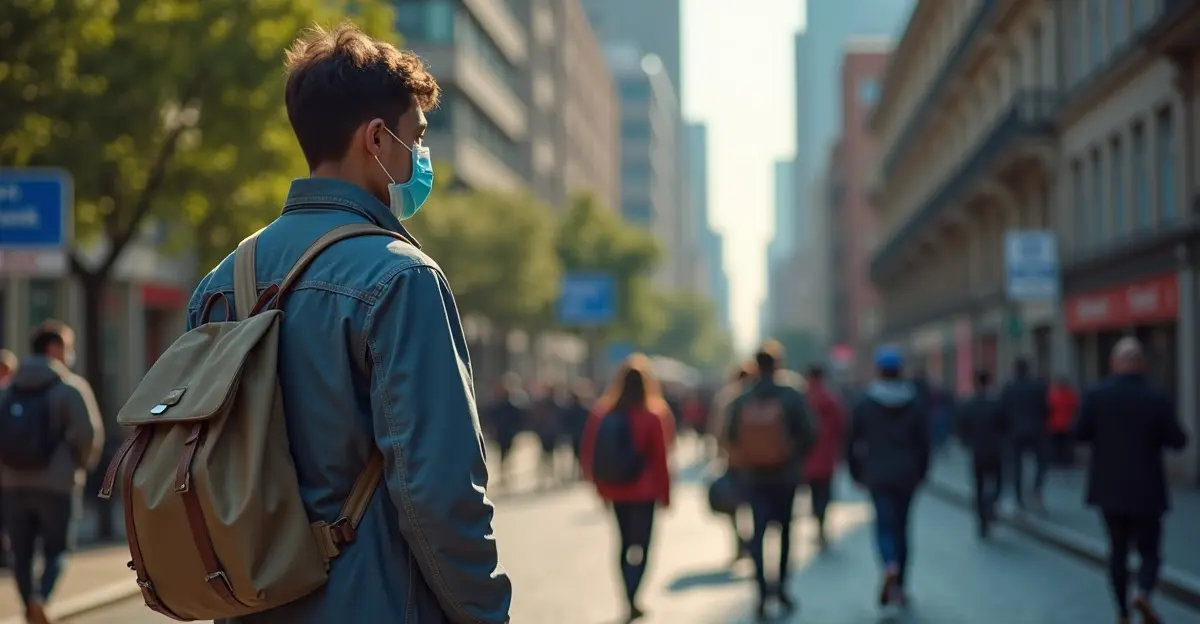Health authorities launch mass vaccination campaign targeting dominant LP.8.1 COVID variant with JN.1-based boosters. Priority groups include seniors, high-risk individuals, and healthcare workers. Campaign aims for 75% coverage with enhanced supply chain and public outreach strategies.

Major Public Health Initiative Launches for 2025-2026 Season
Health authorities have launched an ambitious mass vaccination campaign targeting the rapidly spreading LP.8.1 COVID-19 variant, which now accounts for over 70% of new cases in the United States. The FDA has unanimously endorsed a JN.1-based monovalent booster specifically designed to combat this dominant strain, marking a significant shift in vaccination strategy for the upcoming respiratory season.
Priority Groups and Distribution Strategy
The rollout, scheduled to begin in August 2025, will prioritize adults over 65, individuals with high-risk medical conditions, healthcare workers, and residents of long-term care facilities. 'We're taking a targeted approach to ensure those most vulnerable receive protection first,' explained Dr. Sarah Chen, Director of Vaccine Distribution at the CDC. 'Our supply chain is prepared to handle the increased demand while maintaining cold chain integrity throughout the distribution process.'
Vaccine manufacturers including Moderna, Pfizer-BioNTech, and Novavax have been instructed to begin production of the updated formulations. Preliminary data shows promising results, with two- to three-fold increases in neutralizing antibodies observed in older adults compared to previous vaccine versions.
Uptake Targets and Public Health Goals
Public health officials have set ambitious uptake targets, aiming for 75% coverage among priority groups by the end of 2025. This aligns with global standards set by the World Health Organization for high-risk populations. 'Achieving these targets requires addressing both supply and demand challenges,' noted Maria Rodriguez, Public Health Campaign Coordinator. 'We're implementing comprehensive strategies including mobile clinics, community outreach programs, and healthcare provider education to overcome barriers to vaccination.'
The campaign represents a strategic shift toward treating COVID-19 as a seasonal respiratory illness requiring annual updates, similar to influenza vaccination approaches. Health departments across the country are coordinating with local pharmacies, healthcare providers, and community centers to ensure widespread accessibility.
Supply Chain Preparedness
The vaccination campaign's success hinges on robust supply chain management. According to WHO guidelines, maintaining uninterrupted vaccine availability requires sophisticated cold chain systems and coordinated logistics. 'Our distribution network has been strengthened significantly since the early days of the pandemic,' stated logistics expert James Wilson. 'We now have real-time tracking, temperature monitoring, and contingency plans to handle any disruptions in the supply chain.'
Public health authorities are also addressing vaccine hesitancy through targeted communication campaigns. 'Transparent communication about vaccine safety and effectiveness is crucial,' emphasized Dr. Lisa Park, Behavioral Health Specialist. 'We're working with community leaders and healthcare providers to build trust and address concerns directly.'
The mass vaccination campaign represents one of the largest public health initiatives of 2025, with health officials optimistic about its potential to significantly reduce severe illness and hospitalizations during the upcoming respiratory virus season.

 Nederlands
Nederlands
 English
English
 Deutsch
Deutsch
 Français
Français
 Español
Español
 Português
Português









